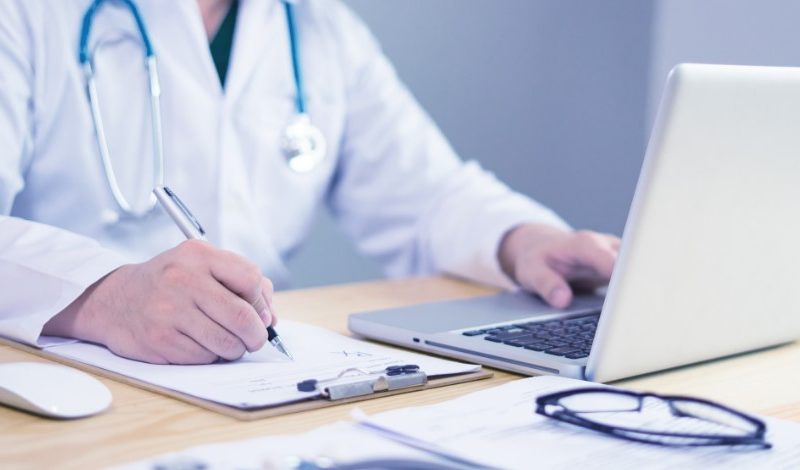No, you’re not seeing double. The FDA handed out back-to-back 510(k) clearances Monday for a pair of portable devices for wireless patient monitoring.
Both devices connect to separate analytics platforms for untethered monitoring, but they differ in their prescribed settings: One is meant to be used in clinical settings, while the other allows for at-home data gathering.
The first comes from California-based Masimo, maker of noninvasive monitoring devices, sensors and other technologies, including an array of FDA-cleared pulse oximeters.
Its newly cleared Radius PCG is a hand-held, battery-powered device that can measure a patient’s partial pressure of carbon dioxide and respiration rate within 15 seconds and sound an alarm if the measurements fall outside of preset areas.
The capnograph transmits its readings to Masimo’s Root vital sign monitor platform over Bluetooth. In turn, the Root system can display the last 96 hours’ worth of readings on its larger touchscreen and, with the help of Masimo’s Hospital Automation Platform, automatically add the gathered data to a patient’s electronic health record.
Radius PCG’s capabilities align with Masimo’s goal of making patient data more easily accessible, founder and CEO Joe Kiani said, “helping clinicians gain the insights they need to make the best decisions and improve patient outcomes.”
On the other side of the globe, Israel-based MyHomeDoc also got the go-ahead from the FDA for its namesake telehealth system. It combines another small, wireless device with a smartphone app and clinical software integration.
The device, which resembles a hand-held thermometer, is equipped with multiple sensors to examine the mouth, throat, lungs, ears, heart, skin and abdomen as well as to measure body temperature and oxygen saturation. Those examinations can be performed remotely with the device on patients aged 2 and older.
The data are then uploaded to the accompanying smartphone app, which guides patients through the process of inputting the information and sharing it with their healthcare providers. Once it reaches the clinic, it can be automatically added to any existing electronic health record or telemedicine platform.
With the FDA’s blessing, MyHomeDoc plans to make its system commercially available in the U.S. by early May. That launch will bring the company a significant step closer to its mission of creating affordable and easy-to-use technology that “elevates telehealth closer to the in-person clinic visit experience than ever before,” CEO Alon Natanson said in a statement.
While much of the technology cleared by the FDA in the last year has revolved around blood testing and point-of-care imaging, Masimo and MyHomeDoc’s offerings are in good company in the patient monitoring category.
In just the past few weeks, the FDA has OK’d two separate systems that use optical sensors to monitor patients’ vital signs contact-free—one of which relies on an overhead camera and is designed for use in hospitals and one that integrates artificial intelligence to allow measurements to be taken at home.

